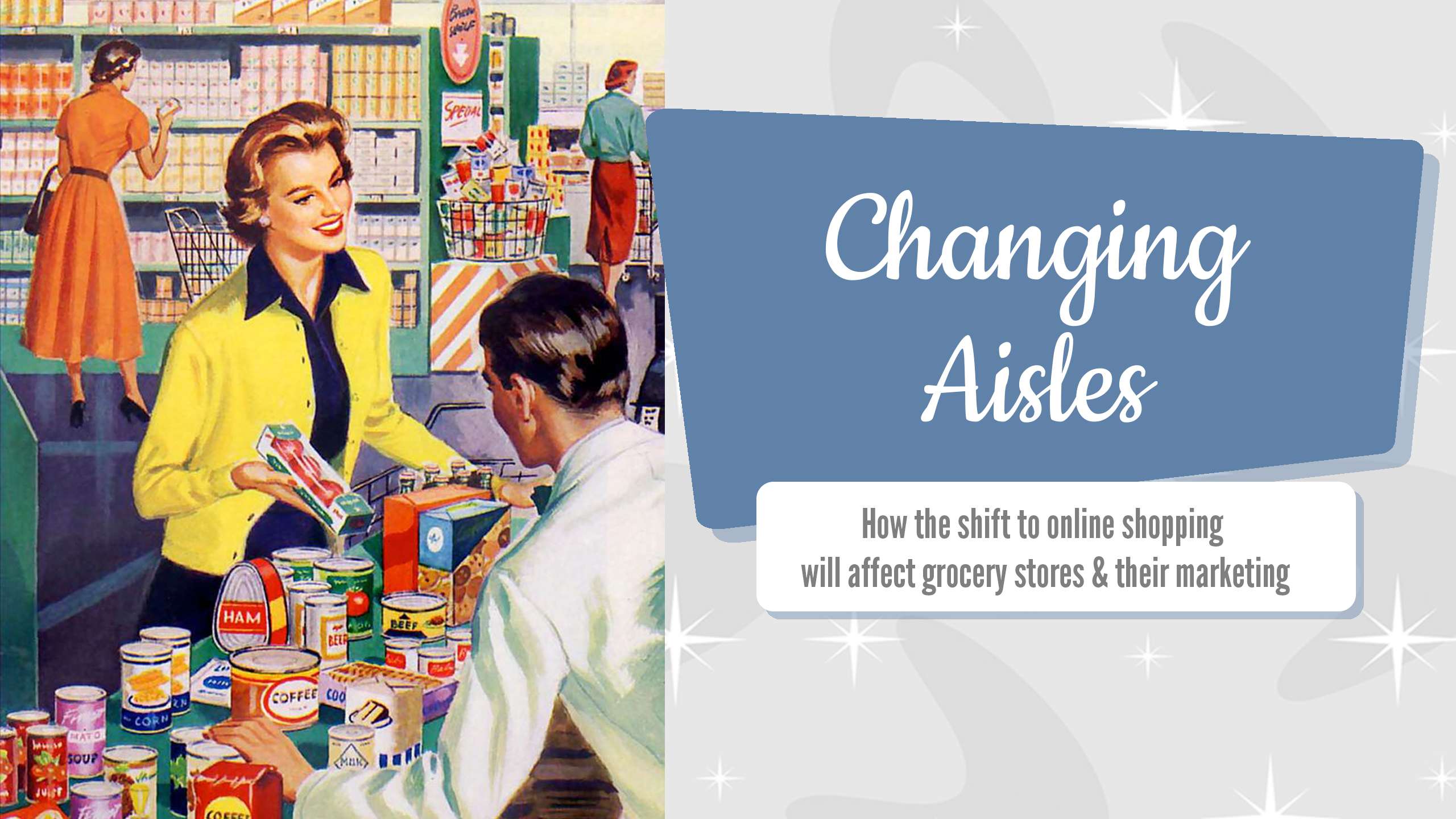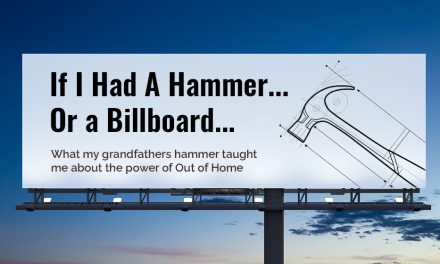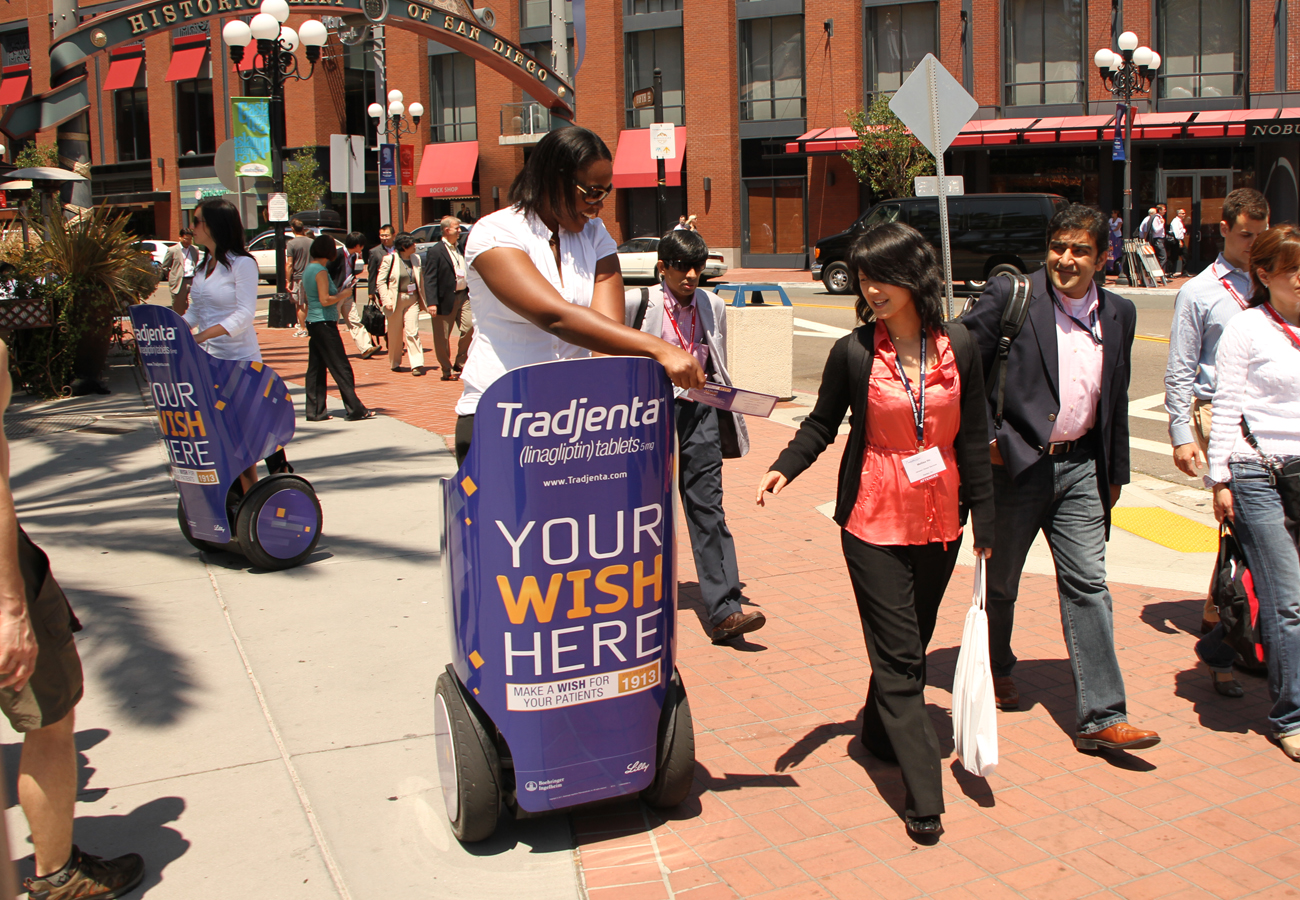The standard grocery store layout can be broken down into 2 main sections: the perimeter with fresh items like produce and dairy, and the center, filled with the packaged goods. This “center” store is disappearing. And where is it going? Online. The shift to online grocery shopping is poised to make a dramatic change not just to the fundamental ways in which grocery stores operate, but also how grocery chains will market themselves in the future – here’s what we think will happen.
Grocery Shopping is Moving Online
As brick and mortar retailers continue to compete with the ease, selection, price and convenience of online shopping, the need to adapt is becoming paramount. A finding by a 3-year project conducted by FMI and Nielsen found that online shoppers will reach maturation in the US within the next decade. “If 2016 was all about price, 2017 is going to be all about the channel” (FMI and Nielsen, Digitally Engaged Food Shopper, 2017). Customers are running out of time to be in a store and want a way to minimize and streamline the food shopping experience.
“Twenty-three percent of households’ purchase food online today, a number that is expected to grow. By 2025 the research suggests that 20% of grocery spending will be online – approx. $100 billion in annual consumer sales…40% of this volume is expected to migrate to online sales.” (Digitally Engaged Food Shopper, 2017). This shift in traffic roughly translates to the volume of 3900 brick and mortar grocery stores. Really, we are looking at brick and mortar stores disappearing, while online continues to bite through the traditional market.
Changes to the Traditional Store Model
Projections are that grocery locations will be following pace with other national retailers and will see multiple brick and mortar store locations closing as the growth and demand of online increases. Several traditional brick-and-mortar grocers seem to understand this reality and have been investing heavily in recent years to grab their share of the ecommerce pie sooner rather than later — and to continue to grow it even while competition heats up (Randy Hofbauer, Progressive Grocer). Brick and mortar stores will remain for specialty shopping, any immediate needs, browsing and sampling for new products etc., but over time this may shift to a “boutique” environment. This new environment would see grocery stores becoming smaller with a sharper focus on getting people in for necessities and/or specialty items.
Grocery stores could also shift the other way and become much larger. Some locations may move into the realm of becoming distribution centers for online deliveries. This would eliminate customers from the actual store, and instead just include the items that are needed to meet online demand. Experts suggest brick and mortar supermarkets might be better prepared to manage the back end than e-commerce companies that don’t have trucks, drivers and warehouses in place to handle growing demand (San Francisco Business Times).
Enlarging the Footprint Through Out of Home
Consumers have traditionally been very loyal to “their” store – whichever happened to be closest – and now, they do not have to be. The opportunity has presented itself to step outside of your comfort zone and seek options elsewhere, all while shopping when most convenient for you. The movement away from a brick and mortar store and onto the online experience, enlarges the marketing footprint a considerable amount for grocery retailers. While digitally engaged, consumer bases are growing, and not geographically limited (USDA, 2016). Out of Home media is an important piece in putting together the marketing plan that will strategically target your customer base.
Out of Home media offers a 24/7 media vehicle to build awareness of your grocery retail site. 83% of Americans say they see 5+ OOH ads each day (OAAA, OOH Impacts Americans Every Day). Lifestyle media options can target your busiest consumers, whether at work, home, or play. Media can be placed in fitness centers, malls, at gas stations, in coffee shops, etc. This media can segment into your consumers’ lives at specific points of their day, allowing you to access them through multiple points of contact.
The Compounding Effect of OOH & Online is Crucial
Consumers live differently than they did a decade, or even five years ago, and want to shop groceries and retail when it is convenient for them. Today’s informed consumer researches products and shops anywhere and at any time. From this, they expect a personalized experience whenever they do shop and technology has opened new pathways for consumers to achieve that experience.
Social sites and apps have made it possible to shop instantaneously and on numerous grocery services. With phones at the tip of everyone’s fingertips, utilizing mobile ads has become the norm for many retail companies. A digital media campaign to drive store traffic can be maximized using Out of Home Media. Studies have shown that OOH excels at driving online traffic – in fact it reaches consumers within the same half-hour as 42% of online shopping activity on mobile (USA Touchpoints 2015).
Consumers are 48% more likely to click on a mobile ad after being exposed to the brand on OOH (NeuroInsight: BEYOND OOH, 2015). Out of Home media targets and reaches your “browsing consumers,” to reassure your offerings and the multitude of choices through multiple media platforms. This maximizes and directly positions your brand and messaging to online consumers, especially within the ever-expanding social world.
Beacon technologies can push your online site offerings to mobile phones and tablets. This technology can be placed on OOH media with in the targeted area where a consumer would reside.
What Does the Future Hold?
Grocery sales through online platforms represent the fastest growing segment in this industry. Consumers are moving from the inconvenience of traditional “in store” shopping to online, anytime, anyway they want it. To adapt to the changes in consumer behavior grocery retailers will also need to adapt their marketing strategies. Local and regional chains will need to focus on branding and expanding their marketing footprint to reach more online consumers. At the same time they will need to adapt in-store offerings to include some of the same features as online, recipe tips available, prepackaged meals, meal in a box, etc.
“Grocery retail is not a zero-sum game…This equates to the evolution of buyer behavior because of the growing impact of both technology and choice in shoppers’ lives” (SUPERMARKET NEWS). To keep pace, grocery retailers must update both their retail model and their marketing plans.Supermarkets and the food industry are experiencing a global (r)evolution – change is inevitable, knowledge is powerful. Don’t be late to the dance.
Email me to learn more about how I can best assist in developing a strategic multi-media plan to account for the shift to ecommerce.
Or Contact EMC:




![Out of Home and Commuter Travel Stats [Infographic]](https://www.emcoutdoor.com/blog/wp-content/uploads/2018/01/header.jpg)
